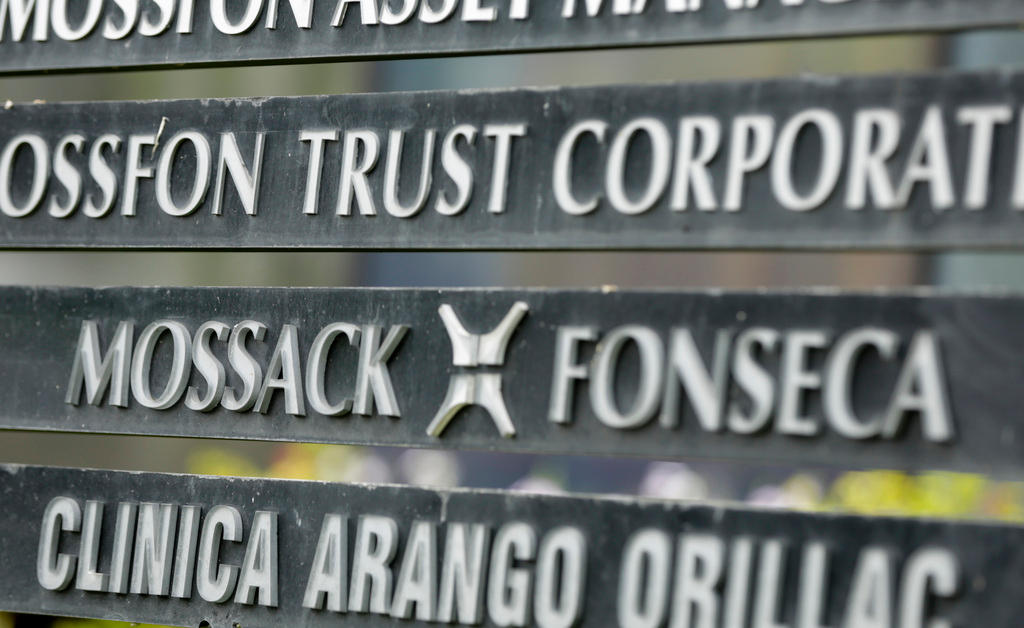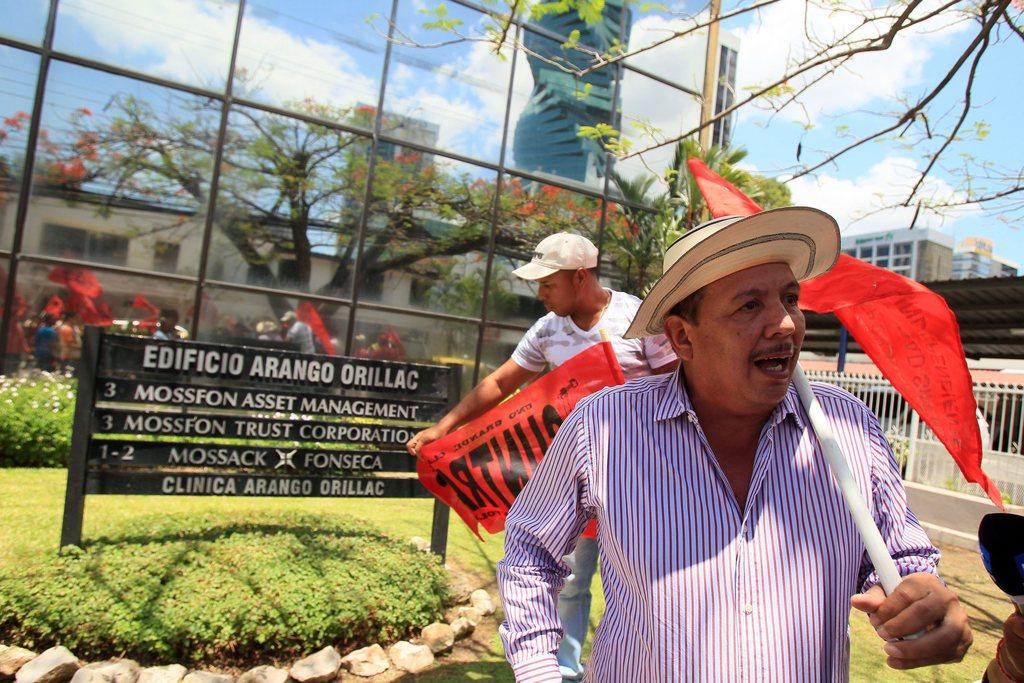Mapping the Panama Papers middlemen
The Panama Papers show Switzerland was among the top five countries using financial middlemen to set up offshore companies with a Panama law firm. The data leak has shed light on controversial practices for concealing money.
We have mapped here all intermediaries worldwide linked to the Panama Papers.
While the use of offshore entities is not in itself illegal, the revelations from the Panama Papers have already resulted in a raid by Swiss prosecutors on European football’s governing body UEFA and an official investigation by the authorities in Geneva.
On Monday, the International Consortium of Investigative Journalists (ICIJ) put a database online with documents linked to the Panama Papers scandal. The database does not contain all the 11.5 million files leaked from the law firm Mossack Fonseca. For privacy reasons, the ICIJ has decided to not disclose documents such as phone numbers, financial transactions or passports.
But it does contain all the 214,000 offshore companies administrated at some point by Mossack Fonseca between 1977 and 2015, and more than 14,000 “intermediaries” that acted as middlemen to set up offshore companies. Intermediaries were typically law firms dealing with Mossack Fonseca to create an offshore firm for a client.
Hong Kong (4,902), the United Kingdom (2,106) and the United States (1,540) had the largest number of intermediaries to have dealt at some point with the firm. Switzerland played an important role with at least 1,339, and its intermediaries were particularly active, as illustrated in the chart below. They helped set up more than 34,000 offshore companies with Mossack Fonseca alone.
The Swiss tax man is taking a closer look at the content of the new Panama Papers database.
Patrick Teuscher, a spokesman for the Swiss Federal Tax Administration, told Swiss public radio, SRF, on Tuesday that the content was ‘interesting’, especially information on taxpayers who had Swiss residence or economic ties to Switzerland.
Teuscher said federal officials were cross-checking information on those registered and their links to Switzerland. Any follow-up would be carried out with cantonal tax offices, he added.
The method and code used to analyse and create the above map is described in this postExternal link

In compliance with the JTI standards
More: SWI swissinfo.ch certified by the Journalism Trust Initiative













You can find an overview of ongoing debates with our journalists here . Please join us!
If you want to start a conversation about a topic raised in this article or want to report factual errors, email us at english@swissinfo.ch.